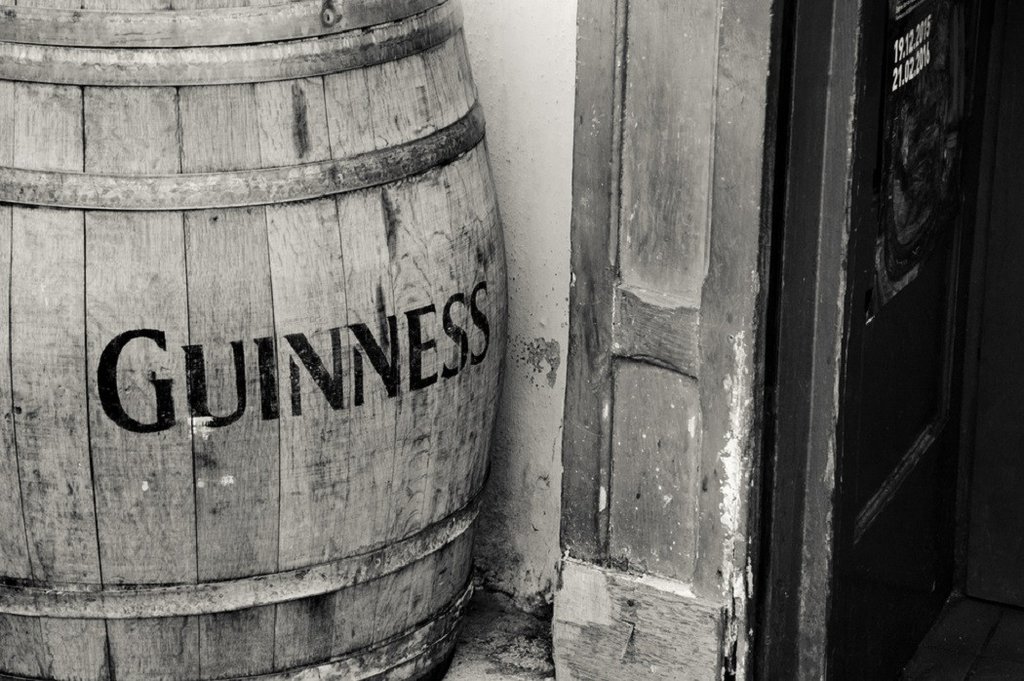Stone the crows! What happened when we talked to Simon Martin of Real Ale Craft Beer channel.

Simon Martin started reviewing real ale and craft beers on YouTube with a review of England’s Gold by Badger.
Six years later he’s come a long way having reviewed thousands of beers, and built a legion of followers who look to him for advice on what to drink.
I caught up with Simon to ask him how he got started, and about that infamous car wash video.
Mark: What were you doing before you started reviewing beer?
Simon: I’m a carpenter and a joiner by trade, and the smell of freshly cut pine still gets me going – although not as much as an IPA!
Mark: So when did you start reviewing beer?
Simon: I have always had an interest in ale, as a teenager when the other lads were buying Carling I would pick up a few bottles of the local ale. It was only when I found YouTube as a platform that I decided to follow up my hobby by making video beer reviews.
Mark: How many beers have you reviewed now?
Simon: 3209 beers reviewed on the YouTube channel, my aim for the end of 2017 is to hit 4000 beer reviews. If I had to hazard a guess I’d say that I’m probably near to 1000 breweries.
Mark: That’s a lot of beer. How many beers do you drink in a week?
Simon: Including social drinking with friends and family probably around 25 beers a week.
Mark: How much of that gets poured away?
Simon: If the beer is good I always finish the ones I review, but my wife with sometimes see a beer I have reviewed and pinch it as I sit down with them!
Mark: What are your favourite beers of 2016 so far?
Simon: I would say the stand out brewery for me in 2016 is Brighton Bier, and the best individual beers Lysefjorden Hoppy Simon Double IPA and Stone Xocoveza.
Mark: We’re big fans of Brighton Bier as well. Hung Like a Gorse was my favourite beer from #collabfest2016 and we’re featuring their brand new Double IPA, Fresh Prince of Norway in our next box. Which imperial strength beers are your favourites?
Simon: Oh that would be Imperial Stouts/Porters and Double IPA (Lervig Konrad’s Stout, Lysefjorden Hoppy Simon Double IPA and Alchemist Heady Topper).
Mark: We’ll have to look out for those. Now tell me about the car wash video – what was that all about?
Simon: Ah that came as a response to the Budweiser Superbowl advert’s where for the past 2 years they have attacked Craft Beer Drinkers.
Mark: So what are you doing now, and what are your plans for the future?
Simon: I’m really enjoying my roles as Brand Ambassador for Celt Brewing, and the plan is to grow my YouTube channel so it is recognised by the majority of people who enjoy Craft Beer.
“We are well on the way to doing this, if you search for “Craft Beer” in the YouTube search bar we are the top listing! This is helping drive lots more traffic to the channel with it now receiving nearly 100,000 views per month.”
That video
Simon’s passion for Craft Beer really shines through in his reviews, so it’s no wonder he’s built such an impressive following.
To give you a taste of what he’s all about, here’s that car wash video.

